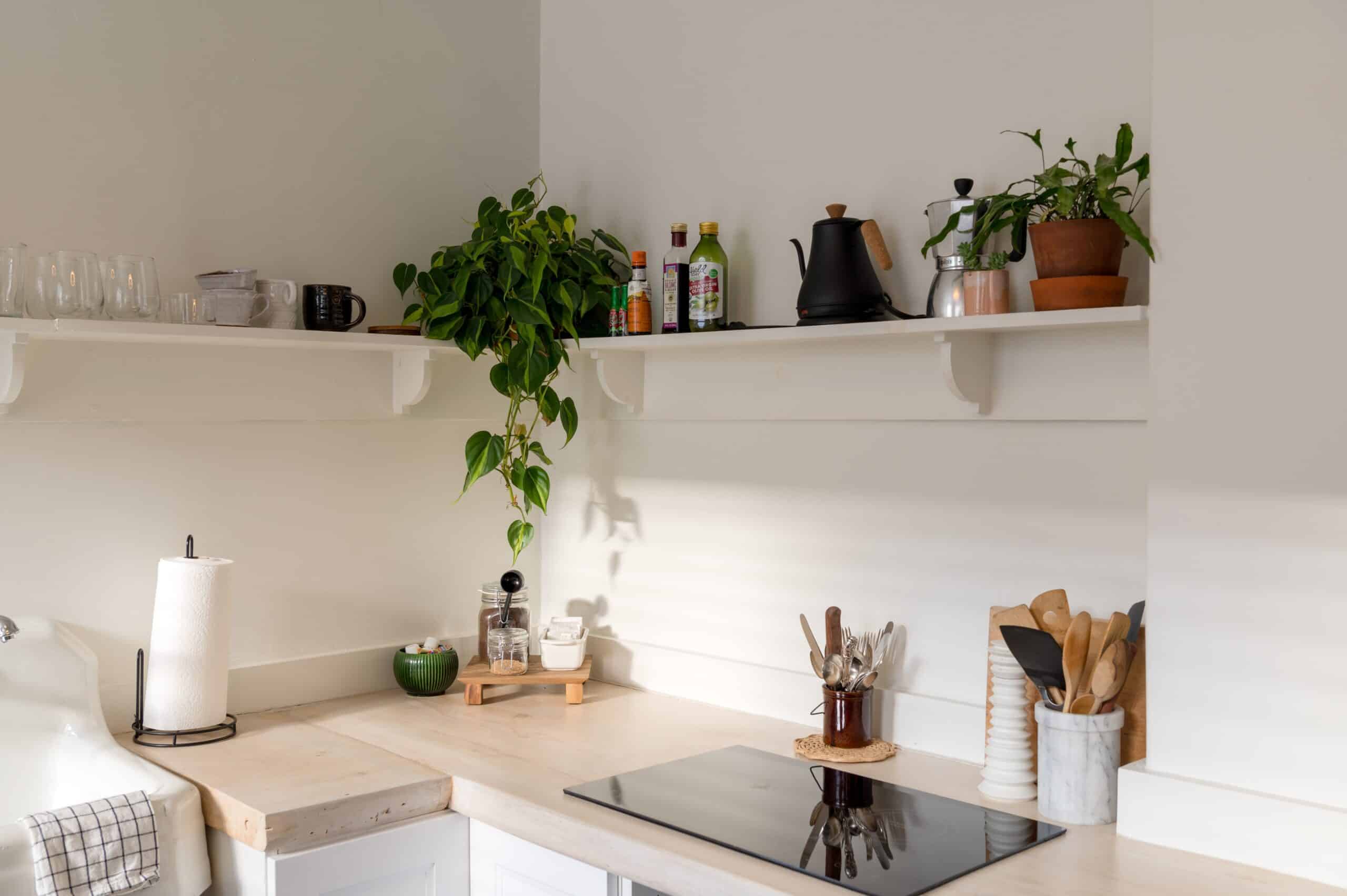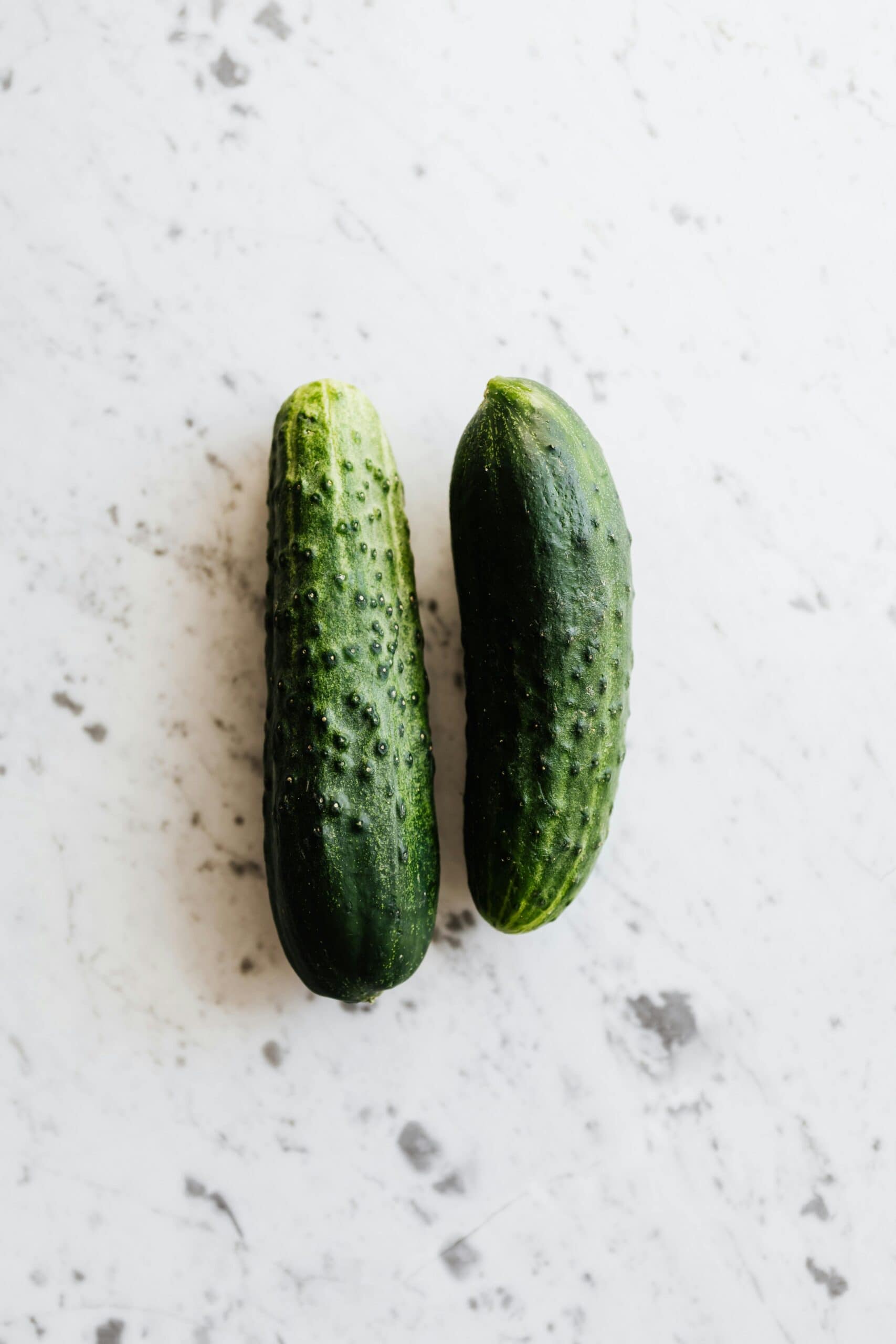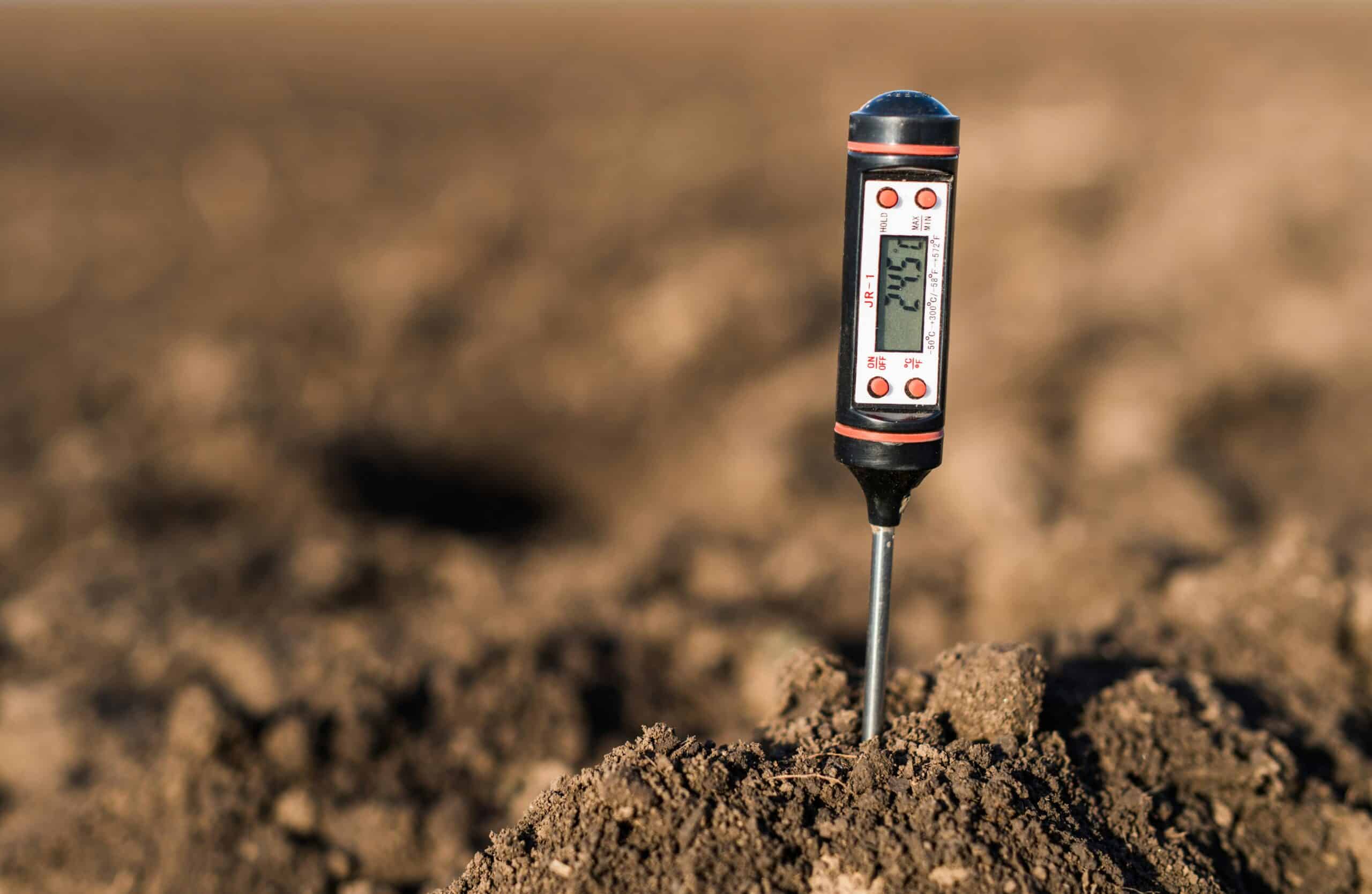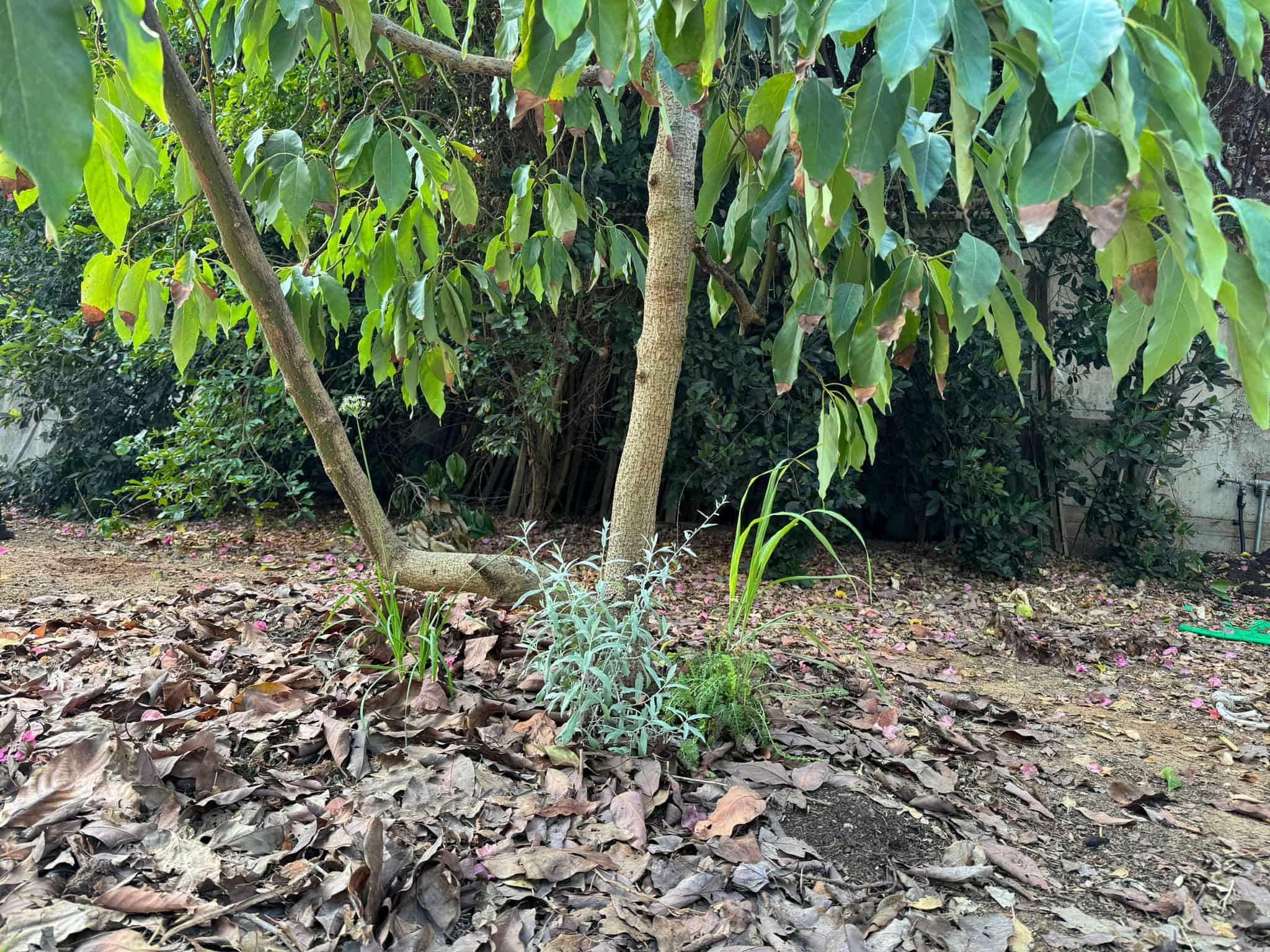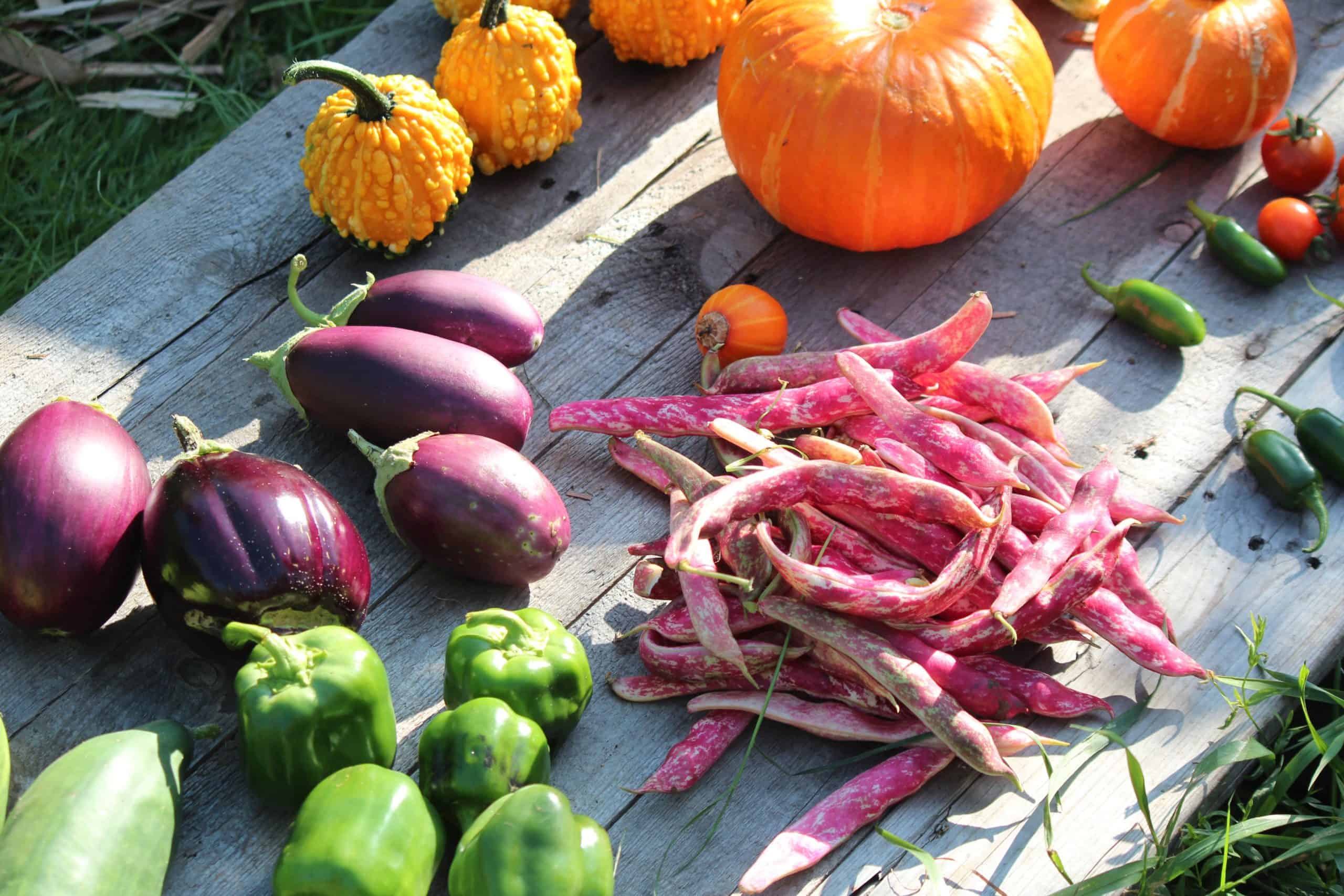Growing Hibiscus at Home and Drying It for Tea
Intro
Hibiscus is a striking flowering plant that not only adds a splash of color to your garden but also allows you to brew your own delightful hibiscus tea at home. Known for its vibrant blossoms, the hibiscus plant offers dual benefits: enhancing the aesthetic appeal of your outdoor space and providing a healthful beverage rich in antioxidants.
Why Grow Hibiscus?
Growing hibiscus offers a multitude of benefits for any home gardener. The plant is renowned for its stunning, vibrant flowers that can transform any outdoor space into a tropical oasis. These large, colorful blooms are sure to catch the eye and add a splash of elegance to your garden.
But beyond its visual appeal, hibiscus is highly prized for its role in herbal teas. Hibiscus tea, made from the calyces of the flower, is a favorite among tea enthusiasts for its tart, cranberry-like flavor and its rich nutritional profile. Packed with antioxidants, hibiscus tea supports heart health by potentially lowering blood pressure and aiding digestion. The antioxidants also help in fighting free radicals, which can contribute to various chronic diseases.
In addition to its health benefits, growing hibiscus aligns well with principles of sustainable living and self-sufficiency. By cultivating your own hibiscus plants, you can ensure that your tea is free from pesticides and other harmful chemicals, making it a healthier option compared to commercially produced teas. This self-sufficiency not only reduces your carbon footprint but also provides a sense of accomplishment and connection to nature.
Hibiscus plants are relatively easy to grow and maintain, making them accessible even for novice gardeners. They thrive in warm climates and prefer well-drained, slightly acidic to neutral soil. With regular watering, ample sunlight, and occasional fertilization, your hibiscus plants will flourish and provide a continuous supply of beautiful flowers throughout the blooming season. Pruning the plants encourages more blooms, ensuring you have plenty of flowers to enjoy in your garden and for making tea.
Finally, cultivating hibiscus contributes to biodiversity in your garden. The vibrant flowers attract a variety of pollinators, such as bees and butterflies, promoting a healthier and more balanced ecosystem. The presence of these pollinators can also benefit other plants in your garden, leading to more robust and productive growth overall.
In summary, the aesthetic charm, health benefits, and sustainability aspects make growing hibiscus a rewarding endeavor for any gardening enthusiast.

How to Grow Hibiscus at Home
To successfully grow hibiscus at home, selecting the right variety is crucial. Popular options include Hibiscus sabdariffa, also known as Roselle or Sorrel, which is particularly favored for tea-making. This plant is part of the Malvaceae family and is a significant fiber crop in India, with over 600 million tons of its dry weight consumed annually.
Hibiscus thrives in warm, tropical, or subtropical climates. It prefers well-drained soil that is slightly acidic to neutral. Ensure the plant gets full sun exposure for 6-8 hours daily, and water it regularly while avoiding waterlogged soil. Using a balanced fertilizer will promote healthy growth and abundant blooms.
When planting hibiscus, you can start from seeds or seedlings. Whether planting in a container or directly in your garden, ensure proper spacing to allow the plant to flourish. Regular maintenance, such as pruning, will encourage more blooms, and natural pest control methods can help manage aphids and spider mites.
When and How to Harvest Hibiscus Flowers
Timing is crucial when harvesting hibiscus flowers to ensure optimal flavor and potency for your tea. The best time to harvest is in the morning after the dew has evaporated but before the heat of the day sets in. Look for flowers that are fully open and vibrant, as these indicate peak freshness and the highest concentration of beneficial compounds.
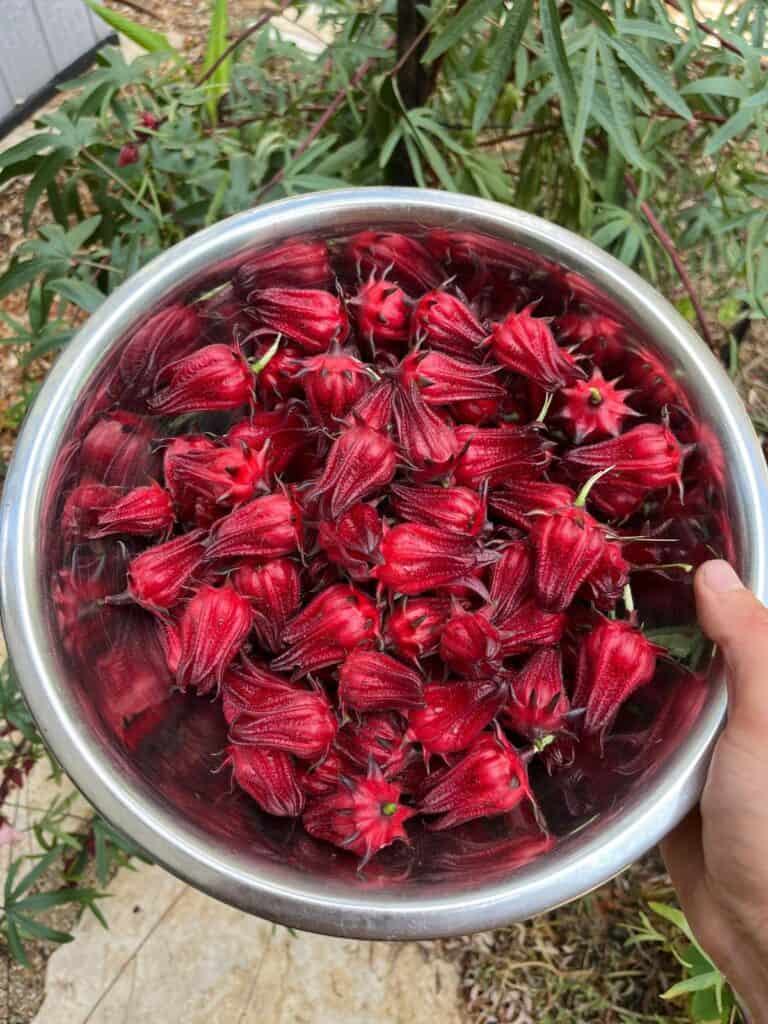
To harvest, you’ll need a pair of clean, sharp scissors or pruning shears. Carefully cut the flowers or the calyces—the fleshy, cup-shaped part at the base of the flower—while ensuring you do not damage the rest of the plant. It’s essential to handle the flowers gently to avoid bruising, which can affect the quality of the dried product.
You can harvest hibiscus flowers frequently throughout the blooming season, as the plant tends to produce new flowers continuously. Regular harvesting can also encourage the plant to produce more blooms, providing you with a steady supply of flowers for tea-making.
After cutting, place the flowers in a basket or on a tray, and avoid stacking them too deep to prevent bruising. If you are not planning to dry them immediately, store the fresh flowers in a cool, shaded area until you are ready to proceed with the drying process. However, it’s best to begin drying as soon as possible to preserve the maximum amount of flavor and nutrients.
Keep an eye on your plants and consistently monitor for new blooms. This practice ensures you don’t miss the optimal harvest window and can maintain a continuous cycle of fresh flowers for your tea.
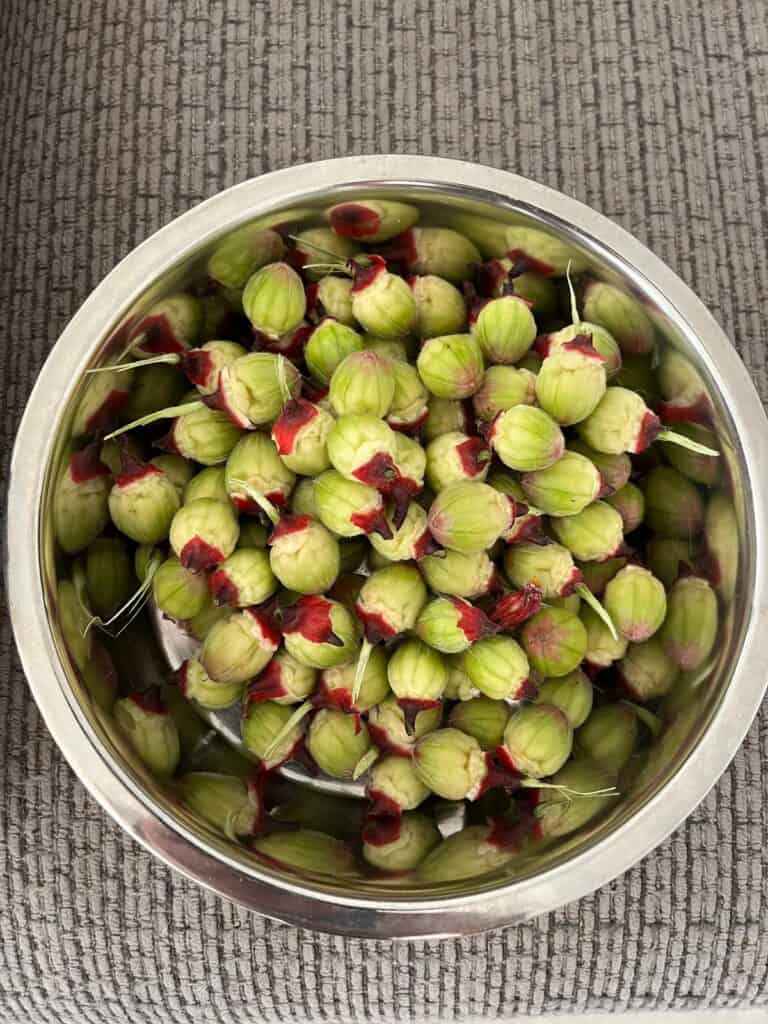
How to Dry Hibiscus for Tea
After harvesting, the next step is to dry the hibiscus flowers, focusing on the calyces, which are the key components for tea-making. Here are some effective methods for drying hibiscus:
Air Drying: This traditional method is simple and energy-efficient. Start by laying the calyces out in a single layer on a clean tray or mesh screen. Place the tray in a well-ventilated area that is away from direct sunlight to prevent the loss of color and potency. Turn the calyces every couple of days to ensure they dry evenly. Depending on the humidity and airflow, this method may take one to two weeks.
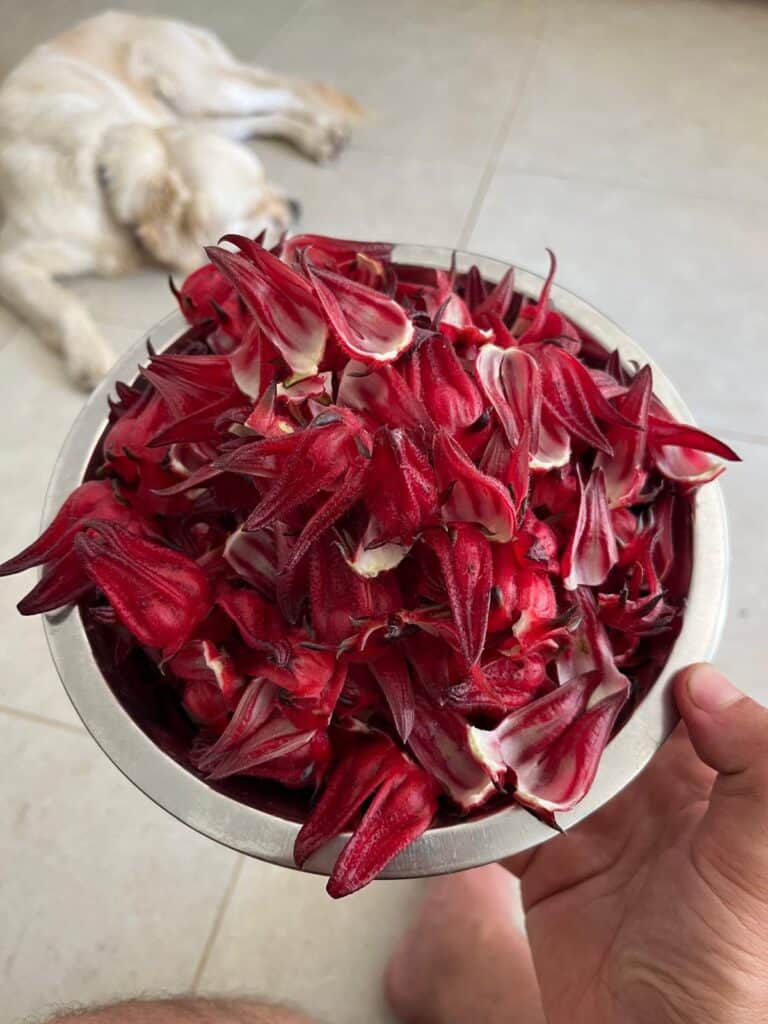
Dehydrator:If you have a food dehydrator, this method offers a faster and more controlled drying process. Set the dehydrator to a low temperature, between 95-115°F (35-46°C). Arrange the calyces on the dehydrator trays, ensuring they are not overlapping. Check the calyces periodically; they should be crisp and fully dried within a few hours.
Oven Drying: For those who don’t have a dehydrator, the oven is a convenient alternative. Preheat your oven to its lowest setting, usually around 140°F (60°C). Spread the calyces on a baking sheet lined with parchment paper. Place the sheet in the oven, leaving the door slightly ajar to allow moisture to escape. Stir the calyces occasionally to promote even drying. This method requires careful monitoring to prevent burning and usually takes a few hours.
Regardless of the drying method you choose, it’s crucial to ensure the calyces are completely dry before storing them to avoid mold growth. They should feel brittle and break easily when handled. Once dried, allow them to cool to room temperature.
For storage, use airtight containers like glass jars or vacuum-sealed bags to preserve the calyces’ flavor and nutritional properties. Keep the containers in a cool, dark place, such as a pantry or cupboard, away from light and heat, which can degrade the quality of the dried hibiscus. Properly stored dried hibiscus can last for up to a year, providing you with a steady supply for tea-making.
By following these drying techniques, you can ensure that your hibiscus retains its vibrant color, rich flavor, and beneficial nutrients, ready to be brewed into a refreshing and healthful tea.
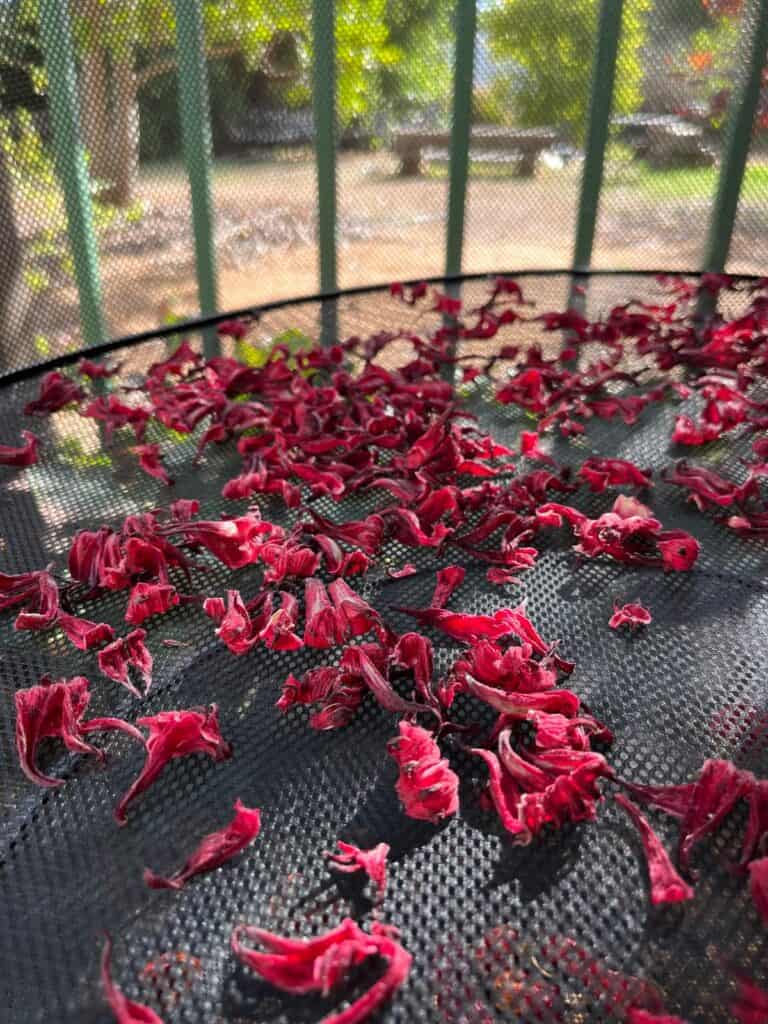
Making Your Own Hibiscus Tea
Crafting your own hibiscus tea at home is both simple and highly customizable. Begin by gathering your dried hibiscus flowers. For a basic hot tea, bring water to a boil and then pour it over the dried hibiscus calyces. Use about one to two teaspoons of dried hibiscus per cup of water, adjusting to your taste preference. Allow the tea to steep for 5-10 minutes. The longer you steep, the stronger and more robust the flavor will be.
If you prefer a refreshing iced tea, prepare the hot tea as usual and let it cool to room temperature. Once cooled, transfer the tea to the refrigerator to chill. When ready to serve, pour the tea over ice. This method ensures a flavorful iced tea that retains the full essence of hibiscus.
For a unique twist, consider enhancing your hibiscus tea with additional herbs, spices, or sweeteners. Mint leaves can add a cooling effect, perfect for a summer beverage. A cinnamon stick can infuse your tea with a warm, spicy undertone. Sweeteners like honey, agave syrup, or stevia can balance the natural tartness of hibiscus, offering a more rounded flavor profile. For an extra vitamin boost, add a splash of fresh citrus juice, such as lemon or lime.
Another delightful variation is to create a hibiscus tea blend. Combine your dried hibiscus with other dried herbs like chamomile, lavender, or ginger. This not only diversifies the flavor but also enhances the tea’s health benefits. For example, a blend of hibiscus and ginger can provide a warming, digestive aid, while hibiscus and chamomile can offer a soothing, calming tea perfect for winding down in the evening.
You can also make hibiscus tea concentrate. Steep a higher ratio of hibiscus in boiling water—around one cup of dried flowers per quart of water—for a more potent brew. This concentrate can be stored in the refrigerator and diluted with water, soda water, or even alcohol to make cocktails. This method is convenient for quickly preparing large batches of tea for gatherings or events.
Hibiscus tea can be enjoyed hot or cold, and its tart, cranberry-like flavor pairs well with many other ingredients. Experiment with different combinations to find your perfect brew. Whether you enjoy it plain or with added flavors, homemade hibiscus tea is a delightful and healthful beverage option.
Health Benefits of Hibiscus Tea
Hibiscus tea, with its vibrant red hue and tart, cranberry-like flavor, is more than just a refreshing beverage—it’s a powerhouse of health benefits. One of the most notable advantages is its rich antioxidant content. Antioxidants are compounds that help combat oxidative stress by neutralizing free radicals in the body, which can reduce the risk of chronic diseases and slow the aging process.
Another significant benefit of hibiscus tea is its potential to support heart health. Studies have shown that drinking hibiscus tea can help lower both systolic and diastolic blood pressure, making it a natural aid for those managing hypertension. This effect is attributed to the presence of anthocyanins, the pigments that give the hibiscus its characteristic red color and are known for their heart-protective properties.
Hibiscus tea is also a great source of vitamin C, an essential nutrient that plays a vital role in boosting the immune system. Regular consumption can help fend off common colds and infections, keeping you healthier year-round. Additionally, vitamin C is crucial for the production of collagen, which maintains skin elasticity and promotes wound healing.
For those looking to improve their digestion, hibiscus tea can be a helpful ally. It has been traditionally used to soothe digestive issues, thanks to its diuretic properties that help to flush out excess salt and fluids from the body. This can relieve bloating and improve bowel regularity. The anti-inflammatory and antibacterial properties of hibiscus can also help maintain a healthy gut flora, promoting better digestive health.
Hydration is another area where hibiscus tea shines. Unlike caffeinated beverages, hibiscus tea is naturally caffeine-free, making it an excellent choice for staying hydrated throughout the day. Proper hydration is essential for maintaining energy levels, cognitive function, and overall physical performance.
Beyond these core benefits, hibiscus tea may also aid in weight management. Some studies suggest that hibiscus extract can help reduce the absorption of starch and glucose, potentially lowering the body’s fat accumulation. This makes hibiscus tea a supportive addition to a balanced diet and regular exercise routine for those aiming to maintain a healthy weight.
Mental well-being is equally important, and hibiscus tea can contribute to that as well. The antioxidants and anti-inflammatory compounds found in hibiscus can have neuroprotective effects, potentially enhancing brain health and reducing the risk of neurodegenerative diseases. The calming effect of a warm cup of hibiscus tea can also help reduce stress and anxiety, making it a soothing end-of-day ritual.
Incorporating hibiscus tea into your daily routine offers a natural way to harness these health benefits. Whether you’re sipping it hot or enjoying it iced, hibiscus tea is a delightful way to boost your well-being while savoring its unique, tangy flavor.

